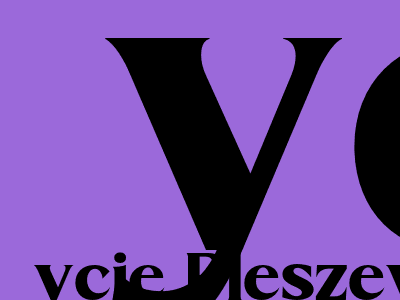Optimizing Your Blog Content for Success: A Comprehensive Guide for Google and Blogger.com
Introduction
Crafting compelling and search engine-friendly blog content is crucial for driving organic traffic, enhancing visibility, and establishing a strong online presence. This in-depth guide will provide you with a comprehensive roadmap to optimize your blog content for Google and Blogger.com, empowering you to maximize your reach and achieve your blogging goals.
Understanding Google's Search Algorithm
Google's search algorithm is a complex system designed to deliver relevant and high-quality results to users. By understanding how it works, you can tailor your content to meet its criteria and improve your chances of ranking higher in search engine results pages (SERPs).
Key Ranking Factors
Google considers various factors when ranking content, including: * **Content quality and relevance:** Your content should be informative, well-written, and relevant to the user's search query. * **Keyword optimization:** Use relevant keywords throughout your content, including in the title, headings, and body text. * **Technical factors:** Ensure your website is mobile-friendly, loads quickly, and is free of errors. * **User engagement:** Google measures how users interact with your content, including dwell time, bounce rate, and clicks.
Blogger.com Optimization
Blogger.com, a popular blogging platform, offers specific features to optimize your content for search engines.
Title and Description Meta Tags
Add descriptive title and meta description tags to your posts. These tags provide Google with information about your content and are displayed in SERPs.
Labels
Use labels to categorize your posts, making it easier for users and search engines to find related content.
Custom Robots.txt File
Edit the robots.txt file to control how search engines crawl and index your website.
Content Optimization Strategies
Effective content optimization involves implementing a range of strategies to enhance your content's visibility and relevance.
Keyword Research
Identify relevant keywords using keyword research tools such as Google Keyword Planner. Incorporate these keywords naturally into your content.
Headings and Subheadings
Use headings (H1, H2, H3 tags) to structure your content and make it easy to scan. Headings also help search engines understand the hierarchy and relevance of your content.
Internal Linking
Link to other relevant pages within your website to improve navigation, user engagement, and search engine crawling.
Image Optimization
Optimize images by using descriptive file names, alt tags, and appropriate compression techniques. This helps search engines understand the content of your images and rank them in image search results.
Calls-to-Action
Include clear calls-to-action (CTAs) in your content to guide users and encourage desired actions, such as leaving comments, sharing, or subscribing.
Content Promotion
Promote your blog content through social media, email marketing, and other channels to reach a wider audience and drive traffic to your website.
Conclusion
Optimizing your blog content for Google and Blogger.com is an ongoing process that requires a strategic approach and consistent effort. By understanding search engine algorithms, utilizing platform-specific features, and implementing effective content optimization strategies, you can create high-quality content that ranks well in SERPs, engages users, and achieves your blogging objectives.

Życie Pleszewa Aktualności
Comments